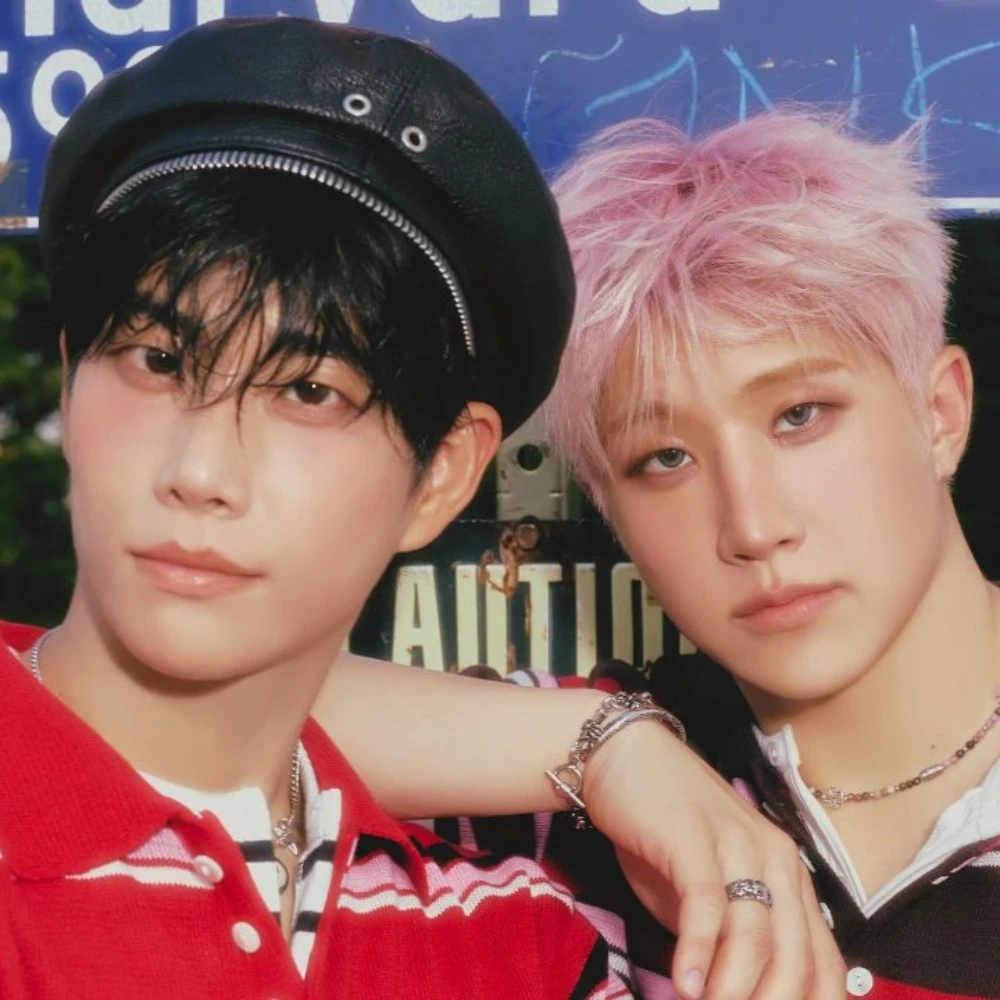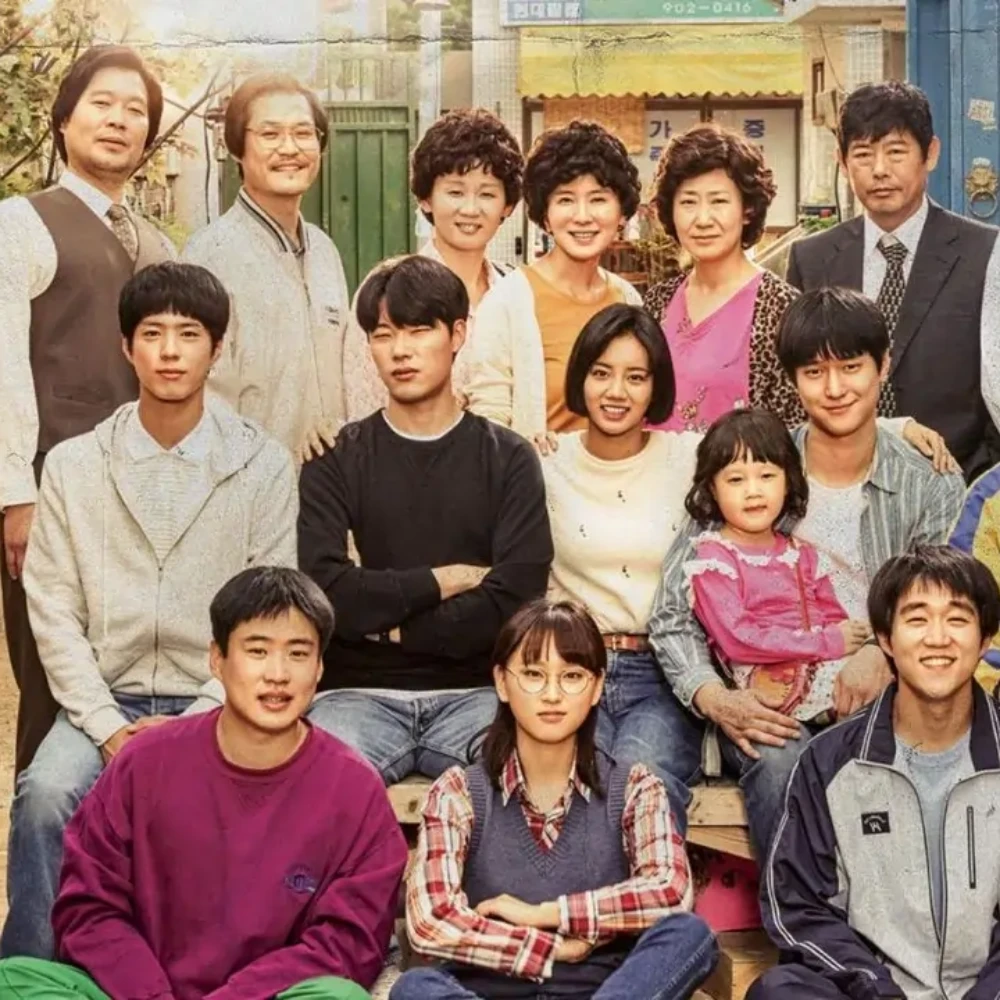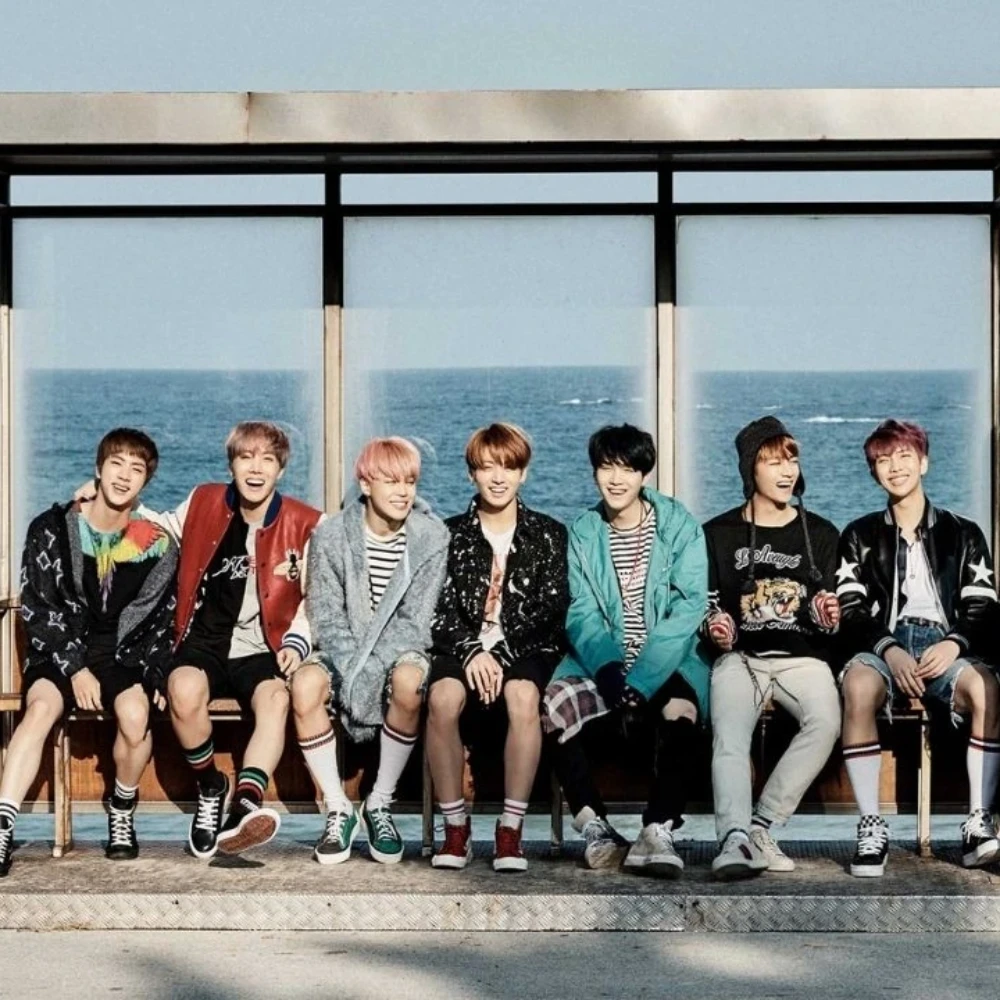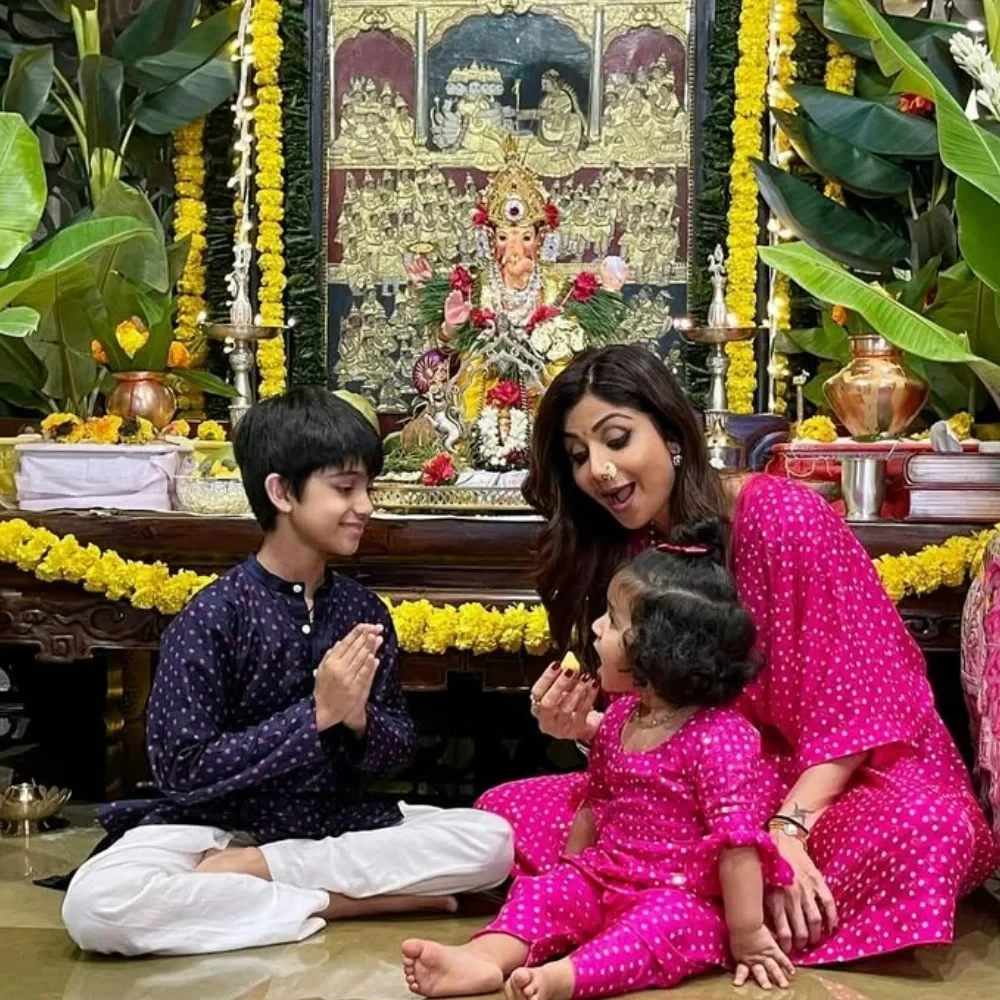Girls’ Generation’s 17th anniversary: How iconic girl group shaped K-pop and created a global, unforgettable legacy
Iconic girl group Girls’ Generation has turned 17 today on August 5th. Let’s explore their legacy and how their music defined K-pop as we know today!
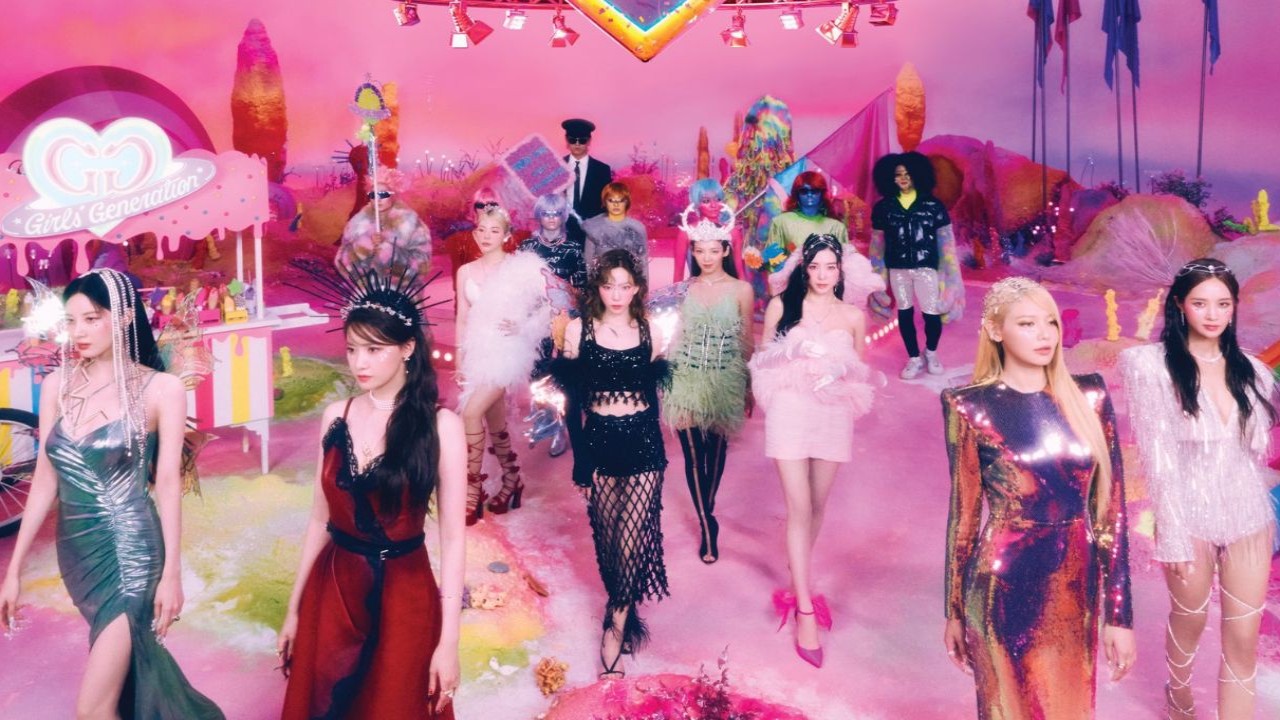
17 years later, the iconic K-pop group Girls' Generation continues to make music and maintain its legendary status in the industry. Since their debut, the original nine-member group—Taeyeon, Sunny, Tiffany, Hyoyeon, Yuri, Sooyoung, Yoona, Seohyun, and Jessica—has set the stage for countless K-pop groups that followed. On their 17th anniversary, let’s explore the group’s legacy and how they shaped K-pop through their music globally.
Girls’ Generation’s iconic impact
SNSD stands for So Nyeo Shi Dae, a name inspired by a 1989 hit by Lee Seung Chul, which translates to Era of Maidens. However, their English name, Girls' Generation, more accurately reflects their overall aesthetic. Widely regarded as one of the most influential girl K-pop groups in history, SNSD has significantly shaped the musical style and aesthetic of many subsequent girl groups.
Girls' Generation's impact is the result of their dedication and hard work, not just their association with one of the big three: SM Entertainment. When they debuted in 2007 with the innocent and optimistic Into The New World, they initially struggled to make a major impact in a male-dominated industry. Their rookie years even saw them facing the harsh black ocean of fan indifference. The turning point came with the release of the catchy and upbeat Gee. This song propelled Girls' Generation fame and solidified their place as a prominent act in K-pop.
Gee: Iconic song that brought global recognition
Released on January 5, 2009, Gee is primarily a bubblegum track with electropop and Europop influences, featuring prominent techno- and hip-hop-influenced synthesizers and beats. The lyrics explore the theme of first love from a young female's perspective. The accompanying music video, which features the group members as mannequins coming to life and performing choreography in colored skinny jeans after the shop owner leaves, became a hit. Gee was the first girl group video to surpass 100 million views on YouTube.
In South Korea, Gee topped the music program Music Bank for nine consecutive weeks in 2009 and was named the top-performing song of the 2000s decade on the digital music platform Melon. A 2009 Gallup Korea poll also declared it the most popular song of the year. In Japan, Gee reached number two on the Oricon Singles Chart and topped the RIAJ Digital Track Chart, with the Recording Industry Association of Japan certifying it as having sold over one million digital copies.
The song earned numerous accolades, including Song of the Year at the Melon Music Awards and Korean Music Awards, and Digital Daesang at the 24th Golden Disc Awards in 2009. Music critics have praised Gee as a K-pop standard that helped define the contemporary bubblegum sound, noting that its popularity was significantly boosted by its memorable music video.
Further songs becoming major hit
The girls advanced further into fame with their hit single Genie, where they donned sleek military uniforms. For those familiar with their career, it’s clear that this song marked a turning point for them.
It also played a significant role in igniting the Hallyu wave in 2009, which swept across the globe. Following this success, Girls’ Generation continued to deliver hit after hit, including Oh! and Run Devil Run. They even released I Got A Boy, a track celebrated as the “Bohemian Rhapsody of K-pop” for its innovative blend of various tempos and genres that come together seamlessly.
Their second Korean studio album, Oh! In 2010, earned the Golden Disc Award for Album of the Year (Disk Daesang), making Girls' Generation the first and only female act to win this prestigious Album Daesang. In 2011, Girls' Generation expanded into the Japanese music market with their self-titled Japanese album. This album achieved a major milestone by becoming the first album by a non-Japanese girl group to be certified Million by the RIAJ.
Thanks to their impressive array of hits, record-breaking achievements, and numerous accolades, South Korea affectionately refers to Girls' Generation as "The Nation’s Girl Group." Their iconic performance on Music Core from a helipad reportedly achieved a 17.2% viewership rating, making it the most-watched performance in South Korea.
One cannot deny the impressive numbers and records set by Girls' Generation during their active years. They topped charts both in their home country and globally, making a significant impact on the music industry.
Departure of Jessica Jung
On September 30, 2014, Jessica announced her departure from Girls' Generation. SM Entertainment confirmed her exit, citing conflicts between her personal schedule and the group’s activities. Following her departure, Girls' Generation continued as an eight-member group. The remaining members went on to hold The Best Live concert at Tokyo Dome on December 9, 2014. The concert was a sellout, drawing an audience of 50,000 spectators.
The group's first album as an eight-member ensemble, their fifth Korean studio album Lion Heart, was released on August 19, 2015. The album topped the charts in South Korea and reached number 11 in Japan. To promote the album, the group appeared on the South Korean reality television program Channel Girls' Generation. They also launched their fourth concert tour, Girls' Generation's Phantasia, starting on November 21, 2015, in Seoul. This achievement made Girls' Generation the first South Korean girl group to undertake a fourth concert tour.
The Gaon Music Chart declared Girls' Generation the most successful girl group in South Korea for 2015. In October 2017, Tiffany, Sooyoung, and Seohyun left SM Entertainment, but with the agreement that the group would remain together. During an extended hiatus, the members focused on their solo careers.
Girls' Generation reunited in September 2021 with an appearance on the variety show You Quiz on the Block, marking their first group activity in four years. In May 2022, SM Entertainment announced a full-group comeback to celebrate their fifteenth anniversary, ending their five-year hiatus. To kick off the anniversary promotions, the group participated in an 8-episode reality show, Soshi TamTam, which began airing on JTBC in July. Despite their hiatus, the group maintained a significant global impact and remains one of the most well-known K-pop acts worldwide.
How Girls’ Generation shaped K-pop for years to come
Whenever Girls' Generation or their songs are mentioned, K-pop idols eagerly jump at the chance to perform Genie on variety shows. Many showcase their skills by covering Gee, often highlighting the iconic “Listen, boy, my first love story” intro lyric. Numerous girl groups also cite Girls' Generation as a major inspiration. Undoubtedly, Girls' Generation has played a pivotal role in shaping the careers of today's young idols and fans.
Girls' Generation is celebrated as a significant icon in South Korean culture and the Korean Wave. Their tremendous popularity in South Korea has earned them the titles "The Nation's Singers" and "The Nation's Girl Group." They are credited with refocusing public attention on female idols after a period dominated by male idol groups from 2002 to 2007. Their enduring success has inspired numerous female K-pop artists, with TWICE's Momo, Sana, and Mina; MAMAMOO's Moonbyul; ITZY's Chaeryeong; aespa's Karina; and others citing Girls' Generation as their role models.
Girls’ Generation arrived on the scene with a cool, flirty, and fun image, and they have consistently demonstrated a willingness to reinvent themselves. They evolved from their colorful girl-crush concept to embrace more powerful and sleek styles, setting new standards in the genre. With outstanding vocals, impressive dance performances, incredible charisma, and a discography that remains both timeless and influential, Girls' Generation has repeatedly proven that they are truly one of a kind.





 JOIN OUR WHATSAPP CHANNEL
JOIN OUR WHATSAPP CHANNEL

















